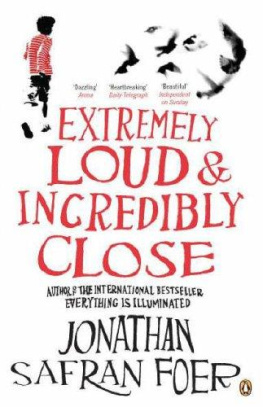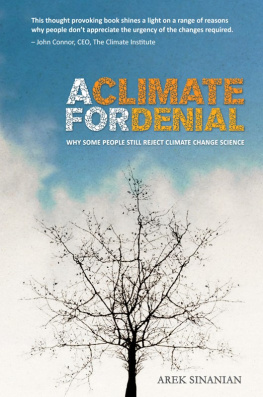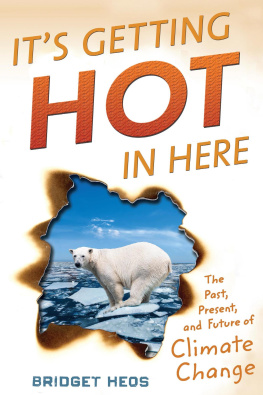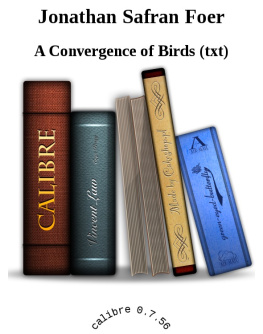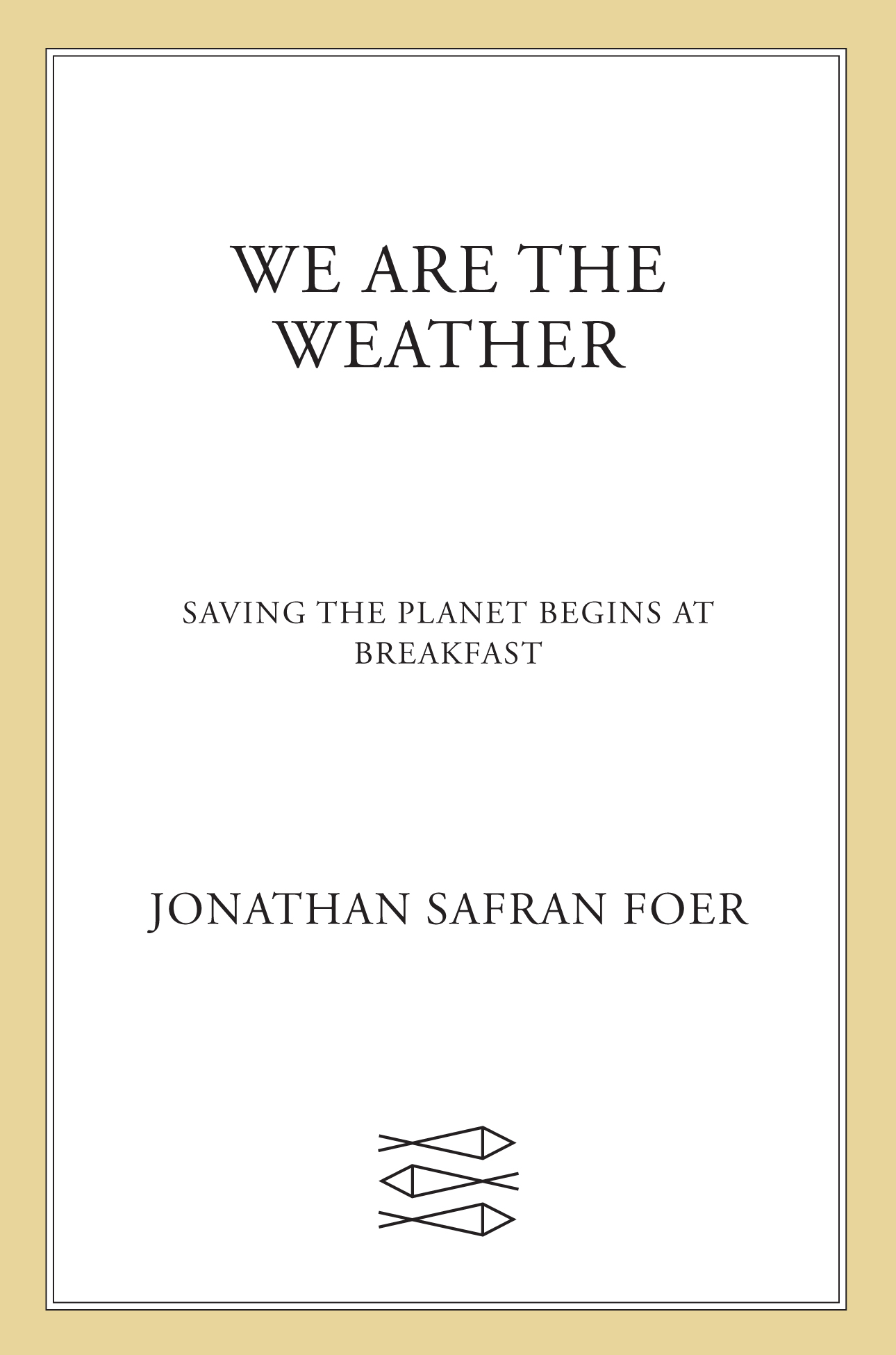The author and publisher have provided this e-book to you for your personal use only. You may not make this e-book publicly available in any way. Copyright infringement is against the law. If you believe the copy of this e-book you are reading infringes on the authors copyright, please notify the publisher at: us.macmillanusa.com/piracy.
The oldest suicide note was written in ancient Egypt about four thousand years ago. Its original translator titled it Dispute with the Soul of One Who Is Tired of Life. The first line reads, I opened my mouth to my soul, that I might answer what it said. Careening between prose, dialogue, and poetry, what follows is a persons effort to persuade his soul to consent to suicide.
I learned about that note from The Book of Endings, a compilation of facts and anecdotes that also includes the dying wishes of Virgil and Houdini; elegies to the dodo and the eunuch; and explanations of the fossil record, the electric chair, and man-made obsolescence. I wasnt a particularly morbid child, but for years I carried that morbid paperback around with me.
The Book of Endings also taught me that my every inhalation includes molecules from Julius Caesars final exhalation. The fact thrilled methe magical compression of time and space, the bridging of what felt like myth and my life of autumn raking and primitive video games in Washington, D.C.
The implications were almost unbelievable. If I had just inhaled Caesars last breath (Et tu, Brute?), then I also must have inhaled Beethovens (I will hear in heaven), and Darwins (I am not the least afraid to die). And that of Franklin Delano Roosevelt, and Rosa Parks, and Elvis, and the Pilgrims and Native Americans who attended the first Thanksgiving, and the author of the first suicide note, and even the grandfather I had never met. Ever the descendant of survivors, I imagined Hitlers final breath rising through ten feet of the Fhrerbunkers concrete roof, thirty feet of German earth, and the trampled roses of the Reich Chancellery, then breaching the Western Front and crossing the Atlantic Ocean and forty years on its way to the second-floor window of my childhood bedroom, where it would inflate me like a deathday balloon.
And if I had swallowed their last gasps, I must also have swallowed their first, and every breath between. And every breath of everyone. And not only of humans, but all other animals, too: the class gerbil that had died in my familys care, the still-warm chickens my grandmother had plucked in Poland, the final breath of the final passenger pigeon. With each inhale, I absorbed the story of life and death on Earth. The thought granted me an aerial view of history: a vast web woven from one strand. When Neil Armstrong touched boot to lunar surface and said One small step for man, he sent out, through the polycarbonate of his visor, into a world without sound, molecules of Archimedes hollering Eureka! as he ran naked through the streets of ancient Syracuse, having just discovered that the bathwater displaced by his body was equal to the weight of his body. (Armstrong would leave that boot on the moon, to compensate for the weight of the moon rocks he would bring back.) When Alex, the African grey parrot who was trained to converse at the level of a five-year-old human, uttered his final wordsYou be good, see you tomorrow. I love you.he also exhaled the panting of sled dogs who pulled Roald Amundsen across ice sheets that have since melted and released the cries of exotic beasts brought to the Colosseum to be slaughtered by gladiators. That I had a place in all of thatthat I could not escape my place in all of thatwas what I found most astonishing.
Caesars ending was also a beginning: his was among the first recorded autopsies, which is how we know that he was stabbed twenty-three times. The iron daggers are gone. His blood-soaked toga is gone. The Curia of Pompey, in which he was killed, is gone, and the metropolis in which it stood exists only as ruins. The Roman Empire, which once covered two million square miles and encompassed more than 20 percent of the worlds population, and whose disappearance was as unimaginable as that of the planet itself, is gone.
Its hard to think of a more ephemeral artifact of a civilization than a breath. But its impossible to think of a more enduring one.
Despite my recalling so much about it, there was no Book of Endings. When I tried to confirm its existence, I found instead Panatis Extraordinary Endings of Practically Everything and Everybody, published when I was twelve. It contains Houdini, the fossil record, and many other things that I remembered, but not Caesars final breath, and not the Dispute with the Soul, which I must have learned about elsewhere. Those small corrections troubled menot because they were themselves important, but because my recollections were so clear.
I was further unsettled when I researched the first suicide note and reflected on its titleon the fact that it was titled at all. That we misremember is disturbing enough, but the prospect of being misremembered by those who come after us is deeply upsetting. It remains unknown whether the author of the first suicide note even killed himself. I opened my mouth to my soul, he writes in the beginning. But the soul has the last word, urging the man to cling to life. We dont know how the man responded. It is entirely possible that the dispute with the soul resolved with the choice of life, postponing the authors last breath. Perhaps a confrontation with death revealed the most compelling case for survival. A suicide note resembles nothing more closely than its opposite.
During World War II, Americans in cities along the East Coast turned off their lights at dusk. They werent, themselves, in imminent danger; the purpose of the blackout was to prevent German U-boats from using urban backlighting to spot and destroy ships exiting harbor.
As the war progressed, blackouts were practiced in cities across the country, even those far from the coast, to immerse civilians in a conflict whose horrors were out of sight but whose victory would require collective action. On the home front, Americans needed a reminder that life as they knew it could be destroyed, and darkness was one way to illuminate the threat. Civil Air Patrol pilots were encouraged to comb the skies above the Midwest for enemy aircraft, despite the fact that no German fighter plane of the era was capable of flying that far. Solidarity was an important asset, even if such gestures would have been foolishwould have been suicidalif they were the only efforts made.
World War II would not have been won without home-front actions that had both psychological and tangible impacts: ordinary people joining together to support the greater cause. During the war, industrial productivity rose by 96 percent. Liberty ships that took eight months to construct at the start of the war were completed in weeks. The SS Robert E. Pearya Liberty ship composed of 250,000 parts weighing fourteen million poundswas assembled in four and a half days. By 1942, companies that had once manufactured cars, refrigerators, metal office furniture, and washing machines now produced military products. Lingerie factories began making camouflage netting, adding machines were reborn as pistols, and the lung-like bags of vacuum cleaners were transplanted into the bodies of gas masks. Retirees, women, and students entered the workforcemany states changed their labor laws to allow teenagers to work. Everyday commodities like rubber, tin cans, aluminum foil, and lumber were collected for reuse in the war effort. Hollywood studios contributed by producing newsreels, anti-fascist features, and patriotic animated films. Celebrities encouraged the purchase of war bonds, and a few, like Julia Child, became spies.


